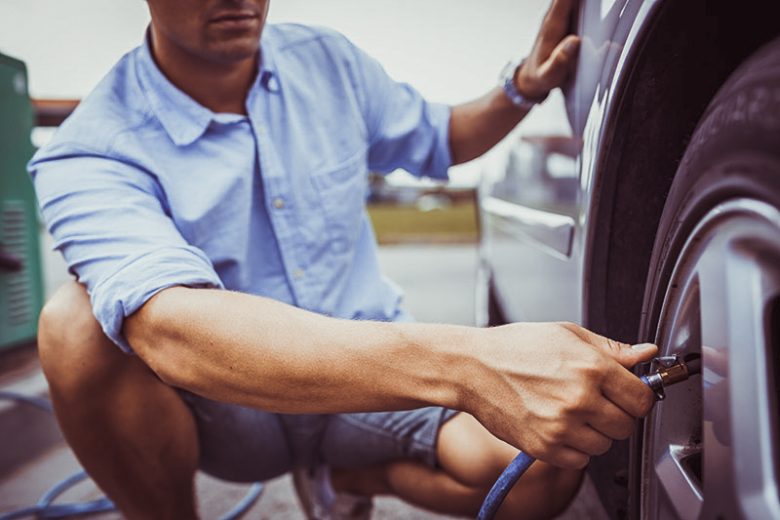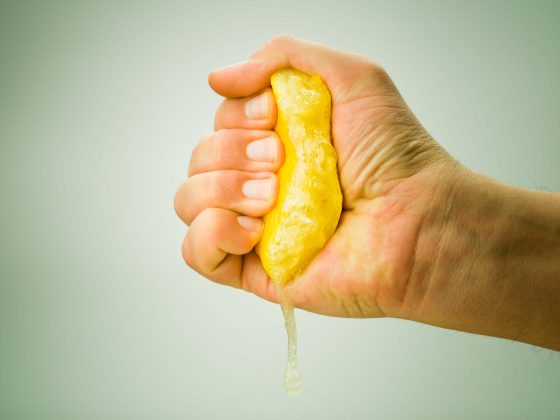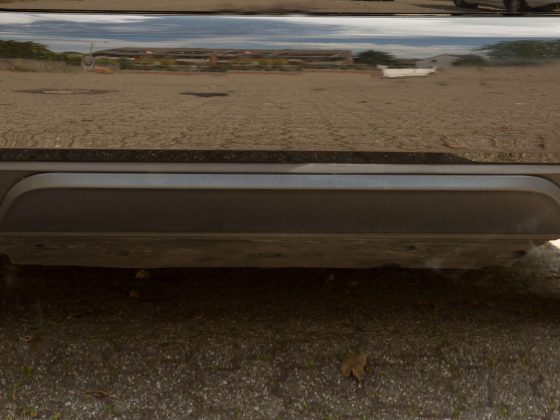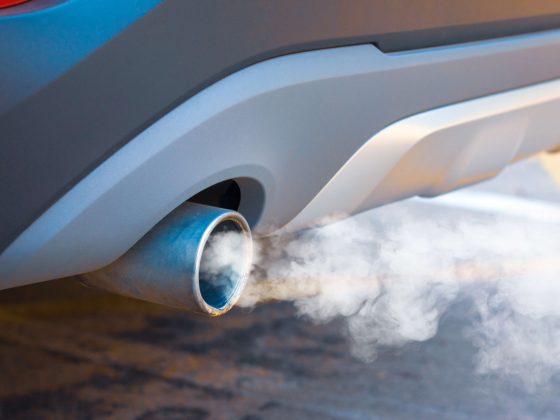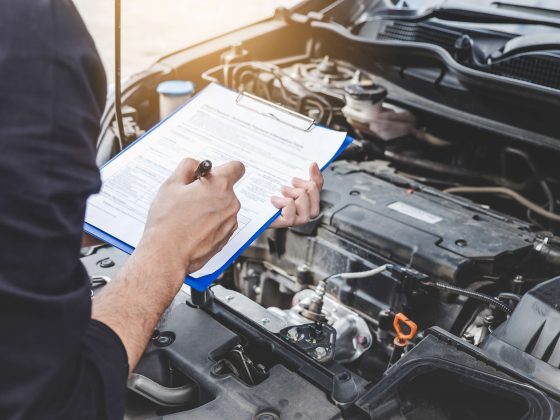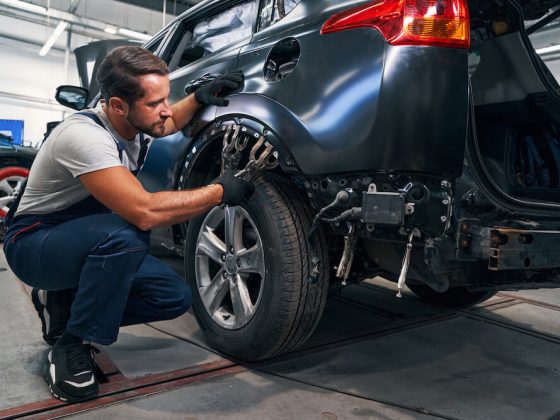What could happen to your car if the low tire pressure light is on?
Use eTags© to Quickly Complete Your DMV Service. Renewals, Title Transfers and More, All Online!
You may not be a savvy motorist but that doesn’t mean you can afford to ignore certain aspects of your vehicle that could impact your safety on the road.
A low tire pressure means that your tires are underinflated and you need to put air in them, just like putting fuel in your car on a regular basis.
You can tell your vehicle has a tire pressure monitoring system (TPMS) when you see a yellow symbol lighting on the dashboard instrument panel. Check for that symbol next time you get behind the wheel.
According to Bridgestone, the reason why vehicles are equipped with TPMS is to alert drivers that at least one or more tires are considerably under-inflated, jeopardizing their safety.
TPMS is a common feature between vehicles that were manufactured in 2008 and later. Under performance, drivers receive a warning signal once the tire pressure is below 25% psi.
These modern vehicles usually display a “low tire pressure” message on the dashboard and even indicate which tire needs to be fixed.
Can I drive with low tire pressure?
Schrader International, a leading manufacturer of automotive and industrial electronics, carried out a national study involving drivers in the US and reported the following finding:
58% of drivers could properly identify the lifesaving TPMS warning symbol.”
This finding is as relevant to road safety advocates as to the general public, mostly because there are approx. 11,000 tire-related accidents that occur each year in the country.
Neglecting the warning signal does nothing but worsen the performance of your tires. For example, you could experience a tire blowout while driving at a high speed (say, 70 mph) on the freeway, which could result in a major accident.
Besides road safety issues, low tire pressure also works against fuel economy and reduces the life of your tires significantly.
What do I do when the low tire pressure light comes on?
Never ignore your warning lights. If there is a way to safely check the air pressure in all of your tires, go ahead and make sure they are in optimal conditions.
Regardless of how much you rely on your TPMS, invest your time in connecting more with your tires as learning basic maintenance tasks helps a lot.
Did you know that certain weather conditions also affect the air pressure of your tires? Lower temperatures can cause tire pressure to slightly drop. This urges drivers to run tire inspections and include them in their maintenance checklist.
There have been cases in which tire pressure keeps dropping even after inspection, which means you may have a hole causing the air to leak at a fast rate.
If that’s your case, you are advised to contact your local auto repair shop to have them fixed. Whether all you need to do is have your tire patched or get a replacement, you must stay current with your maintenance duties.
While TPMS are great additions to modern vehicles, never forget that arranging periodic checks also sets you up for a safer outcome.
SEE ALSO: The 4 Most Expensive Auto Insurance Rates for 2019
